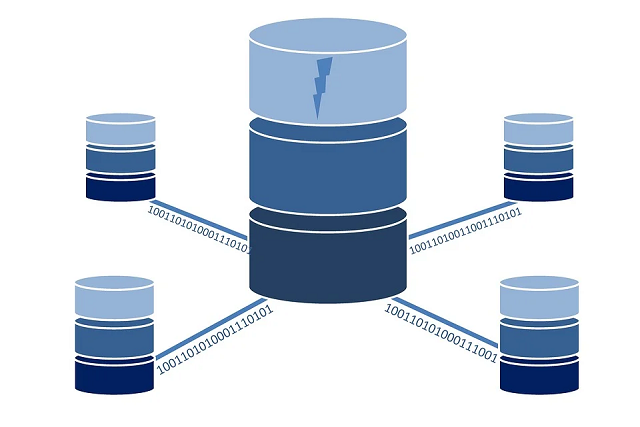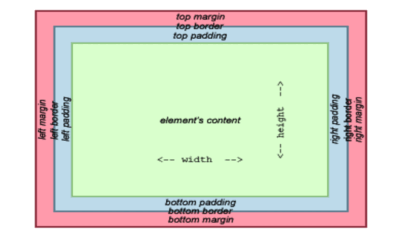A lot of stoppers put preference on image-based database management. And the use of images in Database makes it better for the Database to analyze and interpret. This way, the whole file system is maintained in a better sense for the applications. It is true that you may come across multiple technical difficulties while using images in your Database.
One thing you have to understand is that binary data is the base of sourcing and image data. However, you need to be highly technical in knowledge to understand how SQL can determine the Database of a special data type. If you also want to use a large binary object for the storage of images in your Database, you need to understand how they work.
Table of Contents:
Important Points to Consider
You can learn and explore multiple ways to save and retrieve images from your creative databases of your SQL. We use the JDBC approach for you to analyze how to save and retrieve images and TV. Let’s assume you’re using databases and SQL for the first time.
The priority to use images in Database will provide you with a higher facility to increase the efficiency of your database management. You need to understand how to save the image path and gather it from saved files. We will talk about how you can insert an image, retrieve it from the Database and use it as per the requirements of your organization.
- The JDBC provides you with a prepared statement to analyze and support binary data. This provides integration of applications and databases through Java.
- You can set a binary data parameter for your statement of an object through the set binary stream function.
- You can use GIF and JPEG images. Sometimes PNG is also preferred in JDBC use for inserting and reading through a database.
Insert Images in Database using JDBC:

Following points for you to handle while working on a large object for images in DB.
- You can use the right statement function for the JDBC insertion of images in your Database. This helps you to both read and analyze the image in your Database.
- You should keep in mind that your images are not stored directly in the Database. Your image is stored in binary form, which is the bytes.
- When you want to store the image in your Database, you should always declare the column type, which is also known as a BLOB.
- If you are unaware of BLOB, it is a type of column within which you can store your Database. It has a capacity of 4GB.
- Before you set binary data for an image, you need to come up with an SQL command to analyze this data in the best sense.
- For images in DB, you can use a function called set binary stream. It provides you with a method to prepare the statement of any object.
How to Insert Images in Database Easily?

It is not possible for you to insert an image in your Database through any direct method. The basic step for anyone to insert an image is to set a column type. For this, you need to develop an understanding of HTML to IMG Guide.
Therefore, you need to understand how block functions. In order to make your SQL database run successfully, you need to hold the image in the Database with BLOB type. You should follow the steps below to insert the images in the Database:
Step 1: Connect to the Database:
Commonly developers use the function of getting a connection to connect databases along with each images in the Database. However, for this approach, you need to use a different method. When you’re connecting your SQL database or passing it through the URL. You need to use the URL “jdbc:mysql://localhost/sampled” In place of sample DB you are going to use the database name of your file.
Step 2: Create a Prepared statement:
The prepared statement. Need to create an object in the Database and interface it through the system. In order to use this method, you need to pass a query as a parameter.
Step 3: Set values to the placeholders:
To use placeholders in your statement of an object, you need to analyze and choose methods. What is preferable for your database type? In your blob column, you need to come up with a datatype.
Let’s assume you are creating a column that is required of an integer. For this, you will use a character type offset integer rather than the VARCHAR(). This means that you are specifying the type of data you will be inputting into your Database.
Step 4: Execute the statement:
Now that you’re aware of how to connect the whole procedure, you can proceed toward the execution of your object. At this stage, you will be providing an interface to your statement.
When you’re using SQL for particular applications and creating a profile for your use, you need to keep certain things in mind. First thing, the first requirement is a picture or an icon for your identified object. This means you will repeatedly be reusing the same image throughout the application. You’re not putting the same image again and again. It’s just that it repeats itself through the right appears our storage assigned to it.
Let’s say you’re using the example of a Facebook database image. We usually upload pictures of ourselves. This directly goes to the image. Not only this but the time at which you place your picture and the people who have interacted with the pictures are also stored along with the picture. This means that your storage is aligned and the interface is set in an integrated manner.
How Can Non-professionals do it?
Most developers use JDBC to use advanced options in Java. It is important for you to keep in mind the standards of JDBC using images in Database. This means that you will have to retrieve the information stored in the database connection to create a statement for your object.
All the queries generated in your Database are created and executed through your SQL Server. You need to understand how you’re creating your images in Database. You also need firsthand knowledge of how to store it so that in the future, you’re able to integrate it in the best sense possible to connect the information throughout the server. Always remember that the column in which you create your image content is either BLOB type or binary type. The BLOB type data makes it possible for images to store in bytes form.
Retrieving Image
As with obtaining database images from other columns, we must first collect the column data using a basic Select query of the Select type ColumnName from TableName where [WHERE CLAUSE] in order to retrieve a picture contained in a database table column.
The execute Query method of the java.sql.Statement object or the execute() function of java.sql are used to run the query. The object of a prepared statement. The following is the whole code for the retrieval of images in Database. Due to the fact that we utilized java.sql, we will use java.sql.Statement object in the example. PreparedStatement in the preceding illustration.
Final verdict:
We hope that this blog will serve as a helpful source for you to learn and use images in Database. The best reason for using JDBC in images and database management. Here is the way it handles large objects. You can use all sorts of data like images, videos and etcetera for your database management. Hence, whenever relying on images and databases, we suggest you use this here all for your choice and efficient results.







